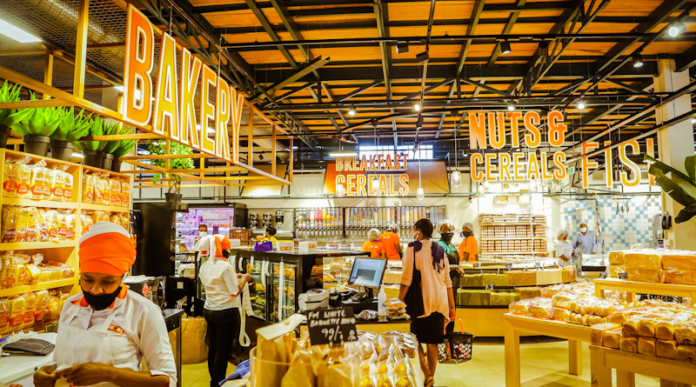Kenya’s retail market continues to evolve, with informal retail outlets, such as small shops and kiosks, remaining dominant due to the high proportion of low-income earners in the country.
Despite a growing middle-income population, large formal retail spaces, like traditional malls, have seen limited expansion in recent years. According to a recent report by Knight Frank, developers are increasingly turning their attention to smaller-scale retail options, such as mini malls, driven by reduced disposable incomes and a previous oversupply of larger malls.
“Given the changing economic landscape, developers are now focusing on mini malls,” said Knight Frank’s retail market report for the second half of 2024.
“This shift is influenced by the need for more affordable and accessible spaces in the retail market.”
Supermarkets, which have traditionally been the key footfall drivers for large malls, are also adapting their strategies.
Instead of continuing to open large outlets within malls, many supermarkets are opting for smaller outlets in residential areas, near petrol stations, highways, and major traffic hubs.
This shift is aimed at offering greater convenience for consumers and reducing dependency on malls.
“Supermarkets are diversifying their presence by establishing smaller outlets in more strategic locations, catering to the growing demand for convenience and accessibility,” the report explained.
Nevertheless, many of the prominent malls in affluent neighborhoods, some over 15 years old, continue to thrive due to their strong brand presence, goodwill, and prime locations.

“Despite the shift towards smaller retail spaces, established malls in prime locations continue to perform well, maintaining occupancy rates above 90 percent,” said Knight Frank’s retail market report. These malls command high rental rates, with monthly rents for prime spaces exceeding KES 600 per square foot.
As of 2024, more than 250,000 square feet of retail space were added to the market, with notable completions including Mwanzi Market, GTC Mall in Westlands, Nord Mall in Ruiru, Runda Mall, and The Cove in Lavington. A pipeline of upcoming retail properties in Nairobi is also expected to further shape the retail market, with key projects such as Promenade on Rhapta Road, Community Mall on Magadi Road, and Lavington Square projected to be completed by 2025.
However, the high rents in prime malls continue to pose challenges for small-scale retailers targeting low-income populations. “The high rental rates in these malls make it difficult for smaller retailers to thrive, limiting the growth of the shopping mall sector,” the report noted.
Notable supermarket chains have been pursuing aggressive expansion strategies, with Naivas increasing its footprint to 109 stores by opening new branches in Kilimani, Nyali, Mavoko, and Tilisi. Carrefour also expanded, adding outlets in Runda Mall, Nord Mall in Ruiru, and Spring Valley Shopping Centre, although it closed its Kisumu store. Chandarana also grew, adding new outlets, including a store at Greenwood Village Mall in Nyali. Meanwhile, China Square launched its fourth and fifth branches at Nyali Bazaar Mall and Mega City Mall in Kisumu.
A significant development in Kenya’s retail sector came with the opening of a 64,500 square-foot store by Decathlon, the world’s largest sporting retailer, at Westgate Mall. This marks its third store in Kenya and reflects a growing interest in active living among Kenyan consumers.
Several malls have also undergone renovations to enhance the shopping experience and attract more foot traffic. Notable examples include the Hub Karen Mall, which unveiled the Hub Park, an indoor play area spanning 34,400 square feet, and Prestige Plaza, which introduced Prestige Play Park, a family-friendly recreational area.
These enhancements aim to offer a more dynamic shopping environment. “By creating vibrant indoor recreational spaces, landlords are enhancing the appeal of their properties, which helps to improve occupancy rates and attract businesses,” said the report.
As the Kenyan retail market continues to adapt to changing consumer needs and economic conditions, the focus on convenience, accessibility, and diversification is expected to shape its growth in the coming years.







